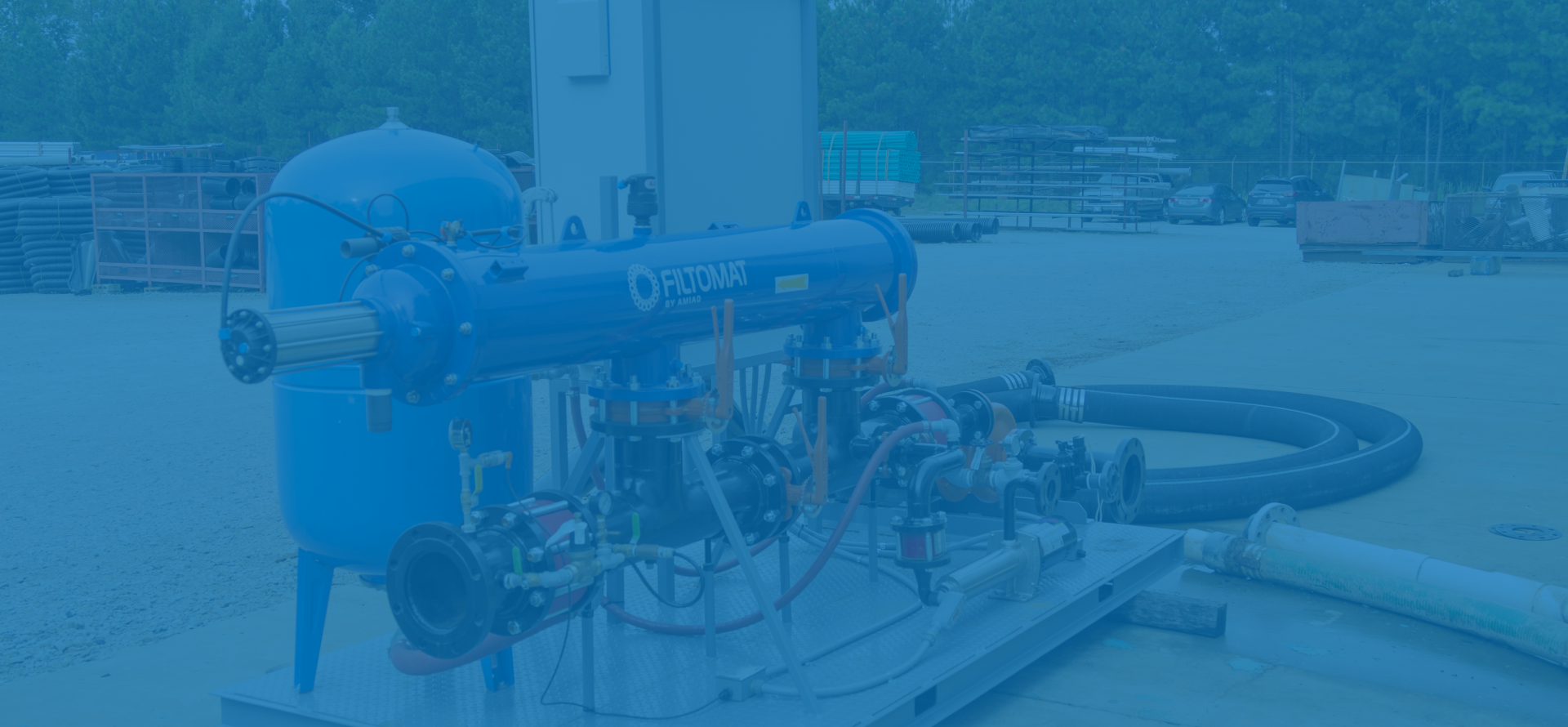
When it comes to monitoring your system and keeping it running at peak performance there are few tools more valuable than an accurate and reliable flow meter. Flow meters as their name implies, measure the rate of flow of a fluid through a piping system. Flow meters come in a variety of materials and have many options some even allow remote monitoring of the system. Below are some things to consider when selecting, installing, and calibrating a flow meter.
- Proper Selection– When a flow meter is required, it is important that you choose the proper flow meter for your application. Questions that must be answered when selecting a flow meter include: Where will the flow meter be installed (vertical or horizontal)? What is the diameter of the pipe? What type of pipe (PVC, Steel, etc.)? What type of fluid will I be measuring (water or chemicals)? Are there any corrosion or temperature requirements? What is the expected flow rate? Is there a straight run of pipe requirement before and after the flow meter? All of these questions must be answered before you can choose a flow meter. Options such as a totalizer and the ability to communicate with a computer or mobile device are also things to consider when selecting a flow meter.
- Proper Installation– Once you have made your flow meter selection, now comes the most important part in the process, proper installation. Proper installation is critical if the flow meter is to give precise readings. Follow the flow meter manufacturer’s installation instructions to the letter. The main issues that the installation instructions will most likely point out is the “straight run” requirement. Most flow meters require a section of straight pipe upstream and downstream of the point where the flow meter will be installed. Typically this “straight run” requirement is described in terms of a certain number of pipe diameters. A typical straight run requirement would be six pipe diameters upstream and four pipe diameters downstream. So for example, if you had a 6-inch diameter pipe you would need 36 inches upstream and 24 inches downstream of the point where the flow meter will be installed. Most flow meter manufacturer’s will tell you to avoid areas where there is a turn or reduction/enlargement near where the flow meter is to be installed. Another issue that you need to be aware of is the position of the flow meter. Some flow meters can be installed either horizontally or vertically, while others may only be installed in one position or the other. Make sure that your flow meter is installed in the correct position.
- Proper Calibration– The good news is that most flow meters come from the factory pre-calibrated. These pre-calibrated meters, when installed correctly, are usually very accurate. Some digital flow meters will require the operator to enter a coefficient based on what type of pipe the flow meter is installed in (PVC or steel for example). These pipe coefficients take into account the difference in internal pipe diameter and the difference in the roughness of the pipe wall.
If you have any doubts while selecting, installing, or calibrating your flow meter, the sales team at W. P. Law, Inc. will be glad to assist you in any way.
Find the parts, tools, and equipment you need at W.P. Law, Inc.








